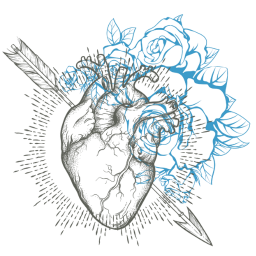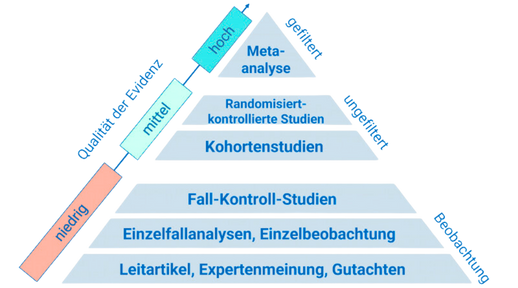"Prevention is better than cure" – this timeless saying reminds us that vigilance is crucial in healthcare. When you're lying on the couch feeling the familiar cramp of flu symptoms, you might think not only of hot soup but also of signs indicating something more serious. This article highlights what you should know to differentiate between harmless and alarming symptoms in case of doubt.
Flu-like symptoms include a broad range of complaints such as fever, cough, muscle aches (myalgia), and fatigue. These symptoms usually occur with seasonal infections like influenza or the common cold virus. While most people recover within a few days to weeks, certain symptoms may indicate more serious health issues. These "early warning signs" such as shortness of breathdifficulty breathing, chest painpain in the chest area, rashes, and severe muscle aches should not be ignored, as they may point to underlying conditions requiring medical attention.
The concept of early detection plays a crucial role in healthcare. By taking signs like dyspneashortness of breath, morbilliform rashesmeasles-like rashes, or atypical chest pain seriously, serious conditions such as severe respiratory diseases [1], heart diseases [2], and viral infections like dengue fever [3] can be detected early. This not only leads to faster treatment but also reduces the severity of the illness. For the individual, this means fewer complications and a better prognosis.
Research emphasizes the importance of being particularly vigilant with flu-like symptoms. One study examined the risk factors for severe influenza-like illnessesdiseases that cause symptoms similar to the flu and found that shortness of breath or dyspneashortness of breath significantly increased the likelihood of a severe illness (OR 5.24, 95% CI 3.08-9.12) [1]. In another investigation, a correlation was found between muscle complaintspain in the muscles after flu-like illnesses and high Coxsackie virus titersmeasurement of the amount of specific virus antibodies in the blood, which could indicate more severe infections [4]. These studies demonstrate the importance of a thorough medical evaluation for certain symptoms, supported by methodologically sound designs and clear results.
To timely recognize and avoid more serious health problems, there are several practical steps everyone can follow. Monitor shortness of breath and dyspnea closely to promptly identify potential serious respiratory diseases [1]. If chest pain occurs, consult a doctor immediately, as this may indicate heart problems [2] [5]. Rashes should be documented and medically evaluated in unusual cases, as they may indicate viral infections like dengue fever [3]. It is also advisable to seek medical advice for severe muscle pain or weakness [4]. Additionally, avoid places like workplaces or public areas when experiencing illness symptoms to minimize the spread of infections [6] [7].
In summary, it's crucial to be aware of certain warning signs arising from seemingly normal flu-like symptomsconditions that are similar to those of the flu. This insight can not only save lives but also reduce the severity and duration of illnesses. Wisely managing one's symptoms and knowing when to seek professional help can be a powerful tool in personal healthcare.
This health article was created with AI support and is intended to help people access current scientific health knowledge. It contributes to the democratization of science – however, it does not replace professional medical advice and may present individual details in a simplified or slightly inaccurate manner due to AI-generated content. HEARTPORT and its affiliates assume no liability for the accuracy, completeness, or applicability of the information provided.













